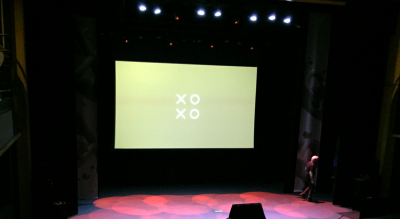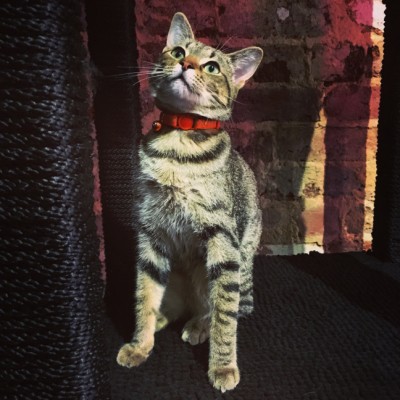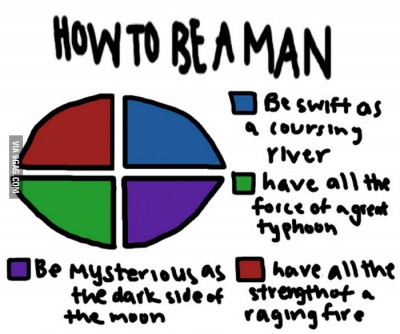This is the Pen Pineapple Apple Pen (PPAP) song that started amassing virality around 25 September 2016, despite being published on YouTube a month earlier on 25 August 2016. This is the tutorial from its original artist, published on 26 September 2016 in response to volumes of covers, remixes, and parodies being produced as the song approaches the climax of viral fame.
The ‘official’ backstory, according to the wisdom of throngs of popular media articles churned out this week, is that the artist in the video is Piko-Taro, a fictional character played by entertainer DJ Kosaka Daimaou, whose is actually a 51-year-old Mr Kazuhiko Kosaka. His character Piko-Taro first began life as a stand-up comedian at live shows. (For those of you who are in-tune with YouTube or Influencer culture, think Miranda Sings as the fictional character played by microcelebrity Colleen Ballinger who goes by the handle ‘PsychoSoprano’ on the internet. See also here.)
Piko-Taro started his YouTube channel on 23 August 2016, posting short songs while dressed in his now-signature gaudy fashion and wig, with flamboyance in tow. The virality of his debut PPAP video was facilitated by digital user-generated humour platform 9GAG on its Facebook page. In the wake of his recent virality, Piko-Taro has been retweeting and responding to some followers in a smattering of English on his Twitter, which was created just months prior in June 2016. He is on Facebook here.
In this post, I discuss the circulation of PPAP, the value judgments made about it, its characteristics and predecessors, and the potential future of Piko-Taro.
– more...










